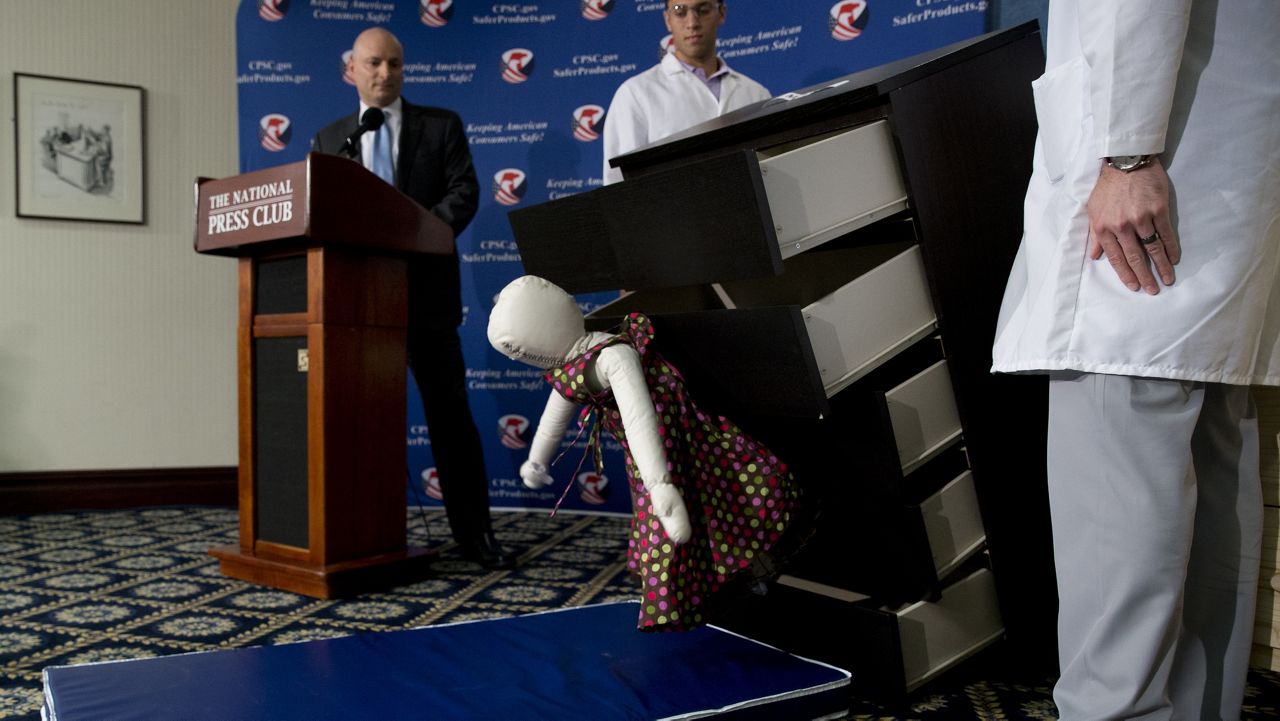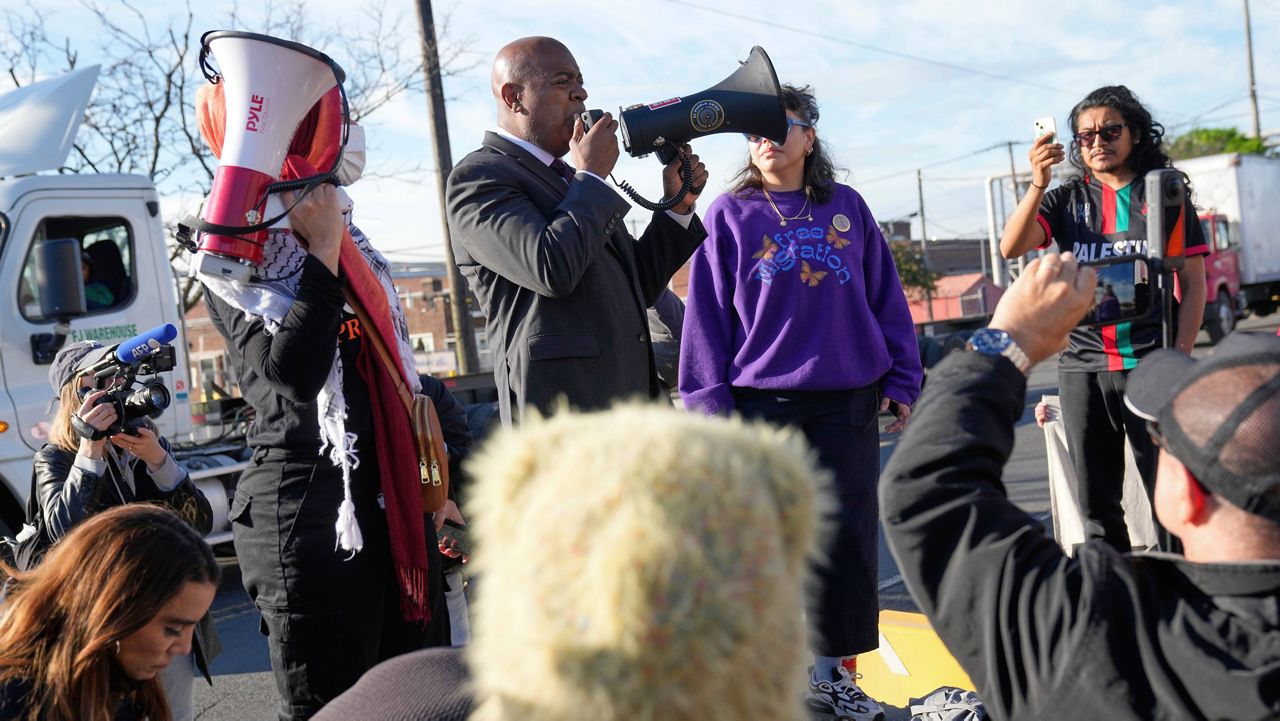In Wisconsin's U.S. Senate race, once branded one of the "flippable five" seats that Democrats were hoping to win from Republicans in Tuesday's miterms, Democrat Mandela Barnes fell just short.
It was an emotional exit for Barnes, who came within roughly 26,000 votes of unseating incumbent Ron Johnson and denying the the Republican incumbent a third term.
While the final tallies have yet to be determined, it's clear that Johnson's 2022 victory over Barnes will be his closest yet. In his first U.S. Senate campaign in 2010, Johnson defeated Democrat Sen. Russ Feingold, the incumbent, by more than 100,000 votes; In a 2016 rematch, Johnson emerged victorious by a similar margin.
So what happened this time around that caused the election to be so close? One expert believes it may have to do with independent voters.
"Johnson may have gotten some from independents who lean to the Democratic Party," Charles Franklin, Director of the Marquette Law School Poll, told Spectrum News. "But for that matter, Barnes picked up some from independents who lean Republican."
Both candidates made their cases to try and sway independent voters. Johnson pitched himself to the center on his campaign trail, saying he's "more of a moderate candidate than most people believe."
Franklin added that though Johnson's rhetoric on issues like crime and the economy was "still extremely sharp,” he did "tack to the middle" on Democratic firebrand issues like abortion policy. The senator recommended a state referendum on abortion, rather than a national ban, like fellow Republican Sen. Lindsey Graham recently proposed.
"Johnson's decision to shift a little towards the center on that issue may have helped him a bit, in the group of voters who say abortion should be legal," Franklin said, before suggesting that abortion may not have been as much of a factor in Wisconsin's race as "Democrats hoped it would be."
In terms of how this race compares to those in the past, Franklin called it a "noticeably closer" contest, crediting Barnes, his campaign and solid Democratic turnout.
But, he cautions, a change in voter turnout in Milwaukee City and County could have been the reason for Barnes' loss, as "turnout was noticeable down there."
"That has to be concerning to Democrats and the Barnes campaign, in particular; what is one of the great bastion of Democratic votes in the state didn't turn out as much as you would have expected," Franklin added.
Franklin also noted that "population decline could be the reason" for lower than usual voter turnout in Milwaukee City.
Sen. Johnson's campaign came out on top, regardless of low approval ratings earlier in the year.
"Johnson entered the year back in February, with nine points more unfavorable than favorable. And over the course of the spring and summer and fall, he reduced that margin to still slightly unfavorable, but only a couple of points net unfavorable," Franklin added.
Johnson outwardly reflected his best image to get out the vote as he fought to hold on to his seat, Franklin said.
"So we saw that in 2016, as well, I think, it's partly the positive presentation of himself that he makes in his advertising and his campaigns, emphasizing some of the issues that got him into the race back in 2010," Franklin told Spectrum News.
The message did seemed to resonate with Johnson's supporters and it is what Franklin calls "bread and butter issues, such as concerns "about the federal government and the size of the deficit."
It's not a secret that Barnes ran a tough race, Franklin said: "it was clearly a very strong campaign, but Johnson's campaign came out a little bit ahead."









